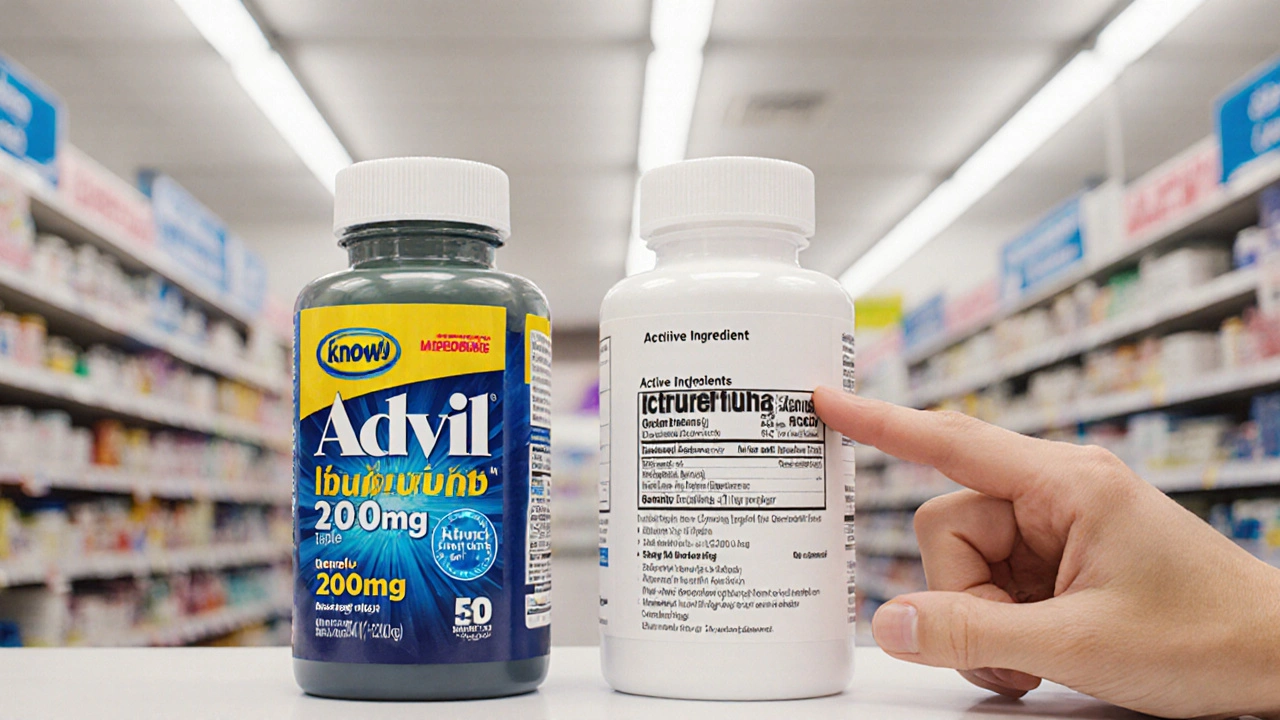Active Ingredient: What It Really Means in Fashion and Skincare
When you hear active ingredient, a component in a product designed to produce a specific, measurable effect. Also known as key component, it’s the part that actually does the work—whether it’s fading dark spots, strengthening fabric, or reducing environmental harm. In skincare, it’s the retinol, hyaluronic acid, or niacinamide that makes the difference. But in fashion? It’s the same idea. Your jeans aren’t just denim—they’re organic cotton treated with non-toxic dyes. Your sweater isn’t just wool—it’s ethically sourced, low-impact, and dyed with plant-based pigments. The active ingredient here is transparency. It’s knowing what’s in your clothes and why it matters.
Think of your wardrobe like your medicine cabinet. Just as you wouldn’t swallow a pill without knowing what’s inside, you shouldn’t wear a garment without understanding its impact. Fast fashion hides its active ingredients behind vague labels like "eco-friendly" or "sustainable." But real change comes from specifics: waterless dyeing, GOTS-certified cotton, recycled polyester from ocean plastic. These aren’t buzzwords—they’re measurable actions. Brands that list their active ingredients—like the chemical-free finishes on a shirt or the biodegradable buttons on a jacket—are the ones you can trust. And just like with skincare, the best results come from consistency. One ethical purchase won’t fix the system, but a wardrobe built on intentional choices will.
The same logic applies to accessories. A handbag made with vegetable-tanned leather isn’t just "natural"—it’s free of chromium, a toxic heavy metal used in most tanning. A ring stacked with recycled gold doesn’t just look pretty—it reduces mining demand. These aren’t small details. They’re the active ingredients in slow fashion. They’re what turn a trend into a habit, and a habit into a movement. The posts below show you exactly how to spot these ingredients in real life: from the dyes on your wedding dress to the metals in your jewelry. You’ll learn how to read labels like a pro, ask the right questions, and build a closet that doesn’t just look good—but actually does good.
How to Choose Drugs by Active Ingredient
Posted by Eamon Lockridge on Aug, 9 2025

Learn how to choose the right medication by focusing on the active ingredient instead of brand names. Save money and get the same results with generic drugs.
